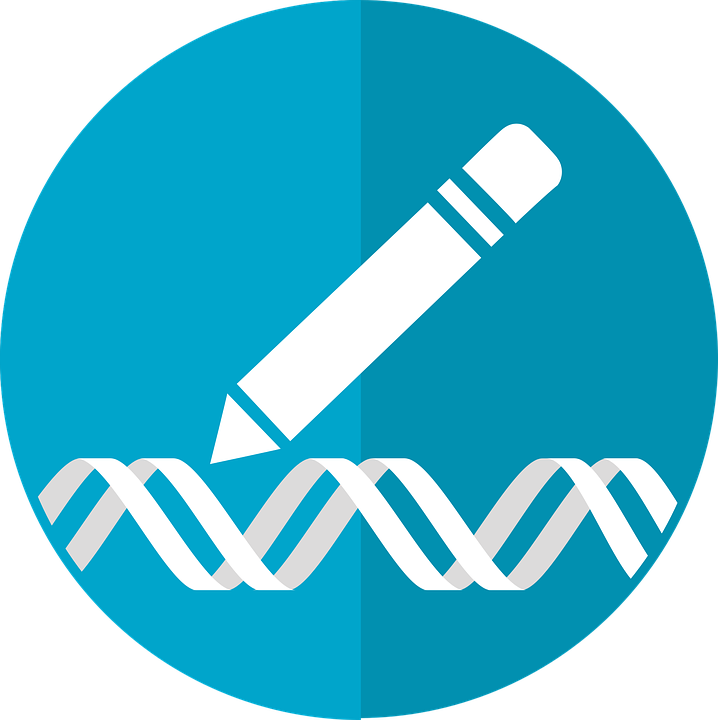Podcast: Why We Need to Discuss Gene Editing and Ethics
By Jack Murtha,
Healthcare Analytics News [with CGS' Marcy Darnovsky]
| 08. 03. 2018
In 1951, Henrietta Lacks walked into Johns Hopkins Hospital complaining of vaginal bleeding. Although she died later that year, her legacy lives on. Why? Because researchers took her cells and shared them with colleagues, conducting countless studies that have fueled findings in many areas. And they did so without her permission.
Henrietta’s story is incredible on several levels: First, her cells, transformed by radium, were unique in their ability not only to survive the laboratory but to thrive. Second, she unwittingly advanced medical and scientific research. Third, she never knew of her remarkable contribution to science, making her story a case study on consent, public trust and medical ethics.
>> READ: The Complicated Ethics of Gene Editing
Now, in 2018, gene editing is no longer the stuff of science fiction. It is real, and many gene-editing therapies, such as treatments involving chimeric antigen receptor T-cells and CRISPR, could forever change medicine. They could — no, they are ushering in the age of precision medicine. Their enormous costs have also contributed to the rise of value-based care, as certain therapies earn...
Related Articles
By Jonathan Matthews, GMWatch | 12.11.2025
In our first article in this series, we investigated the dark PR tactics that have accompanied Colossal Bioscience’s de-extinction disinformation campaign, in which transgenic cloned grey wolves have been showcased to the world as resurrected dire wolves – a...
By Jenny Lange, BioNews | 12.01.2025
A UK toddler with a rare genetic condition was the first person to receive a new gene therapy that appears to halt disease progression.
Oliver, now three years old, has Hunter syndrome, an inherited genetic disorder that leads to physical...
By Simar Bajaj, The New York Times | 11.27.2025
A common cold was enough to kill Cora Oakley.
Born in Morristown, N.J., with virtually no immune system, Cora was diagnosed with severe combined immunodeficiency, a rare genetic condition that leaves the body without key white blood cells.
It’s better...
By Rachel Hall, The Guardian | 11.30.2025
Couples are needlessly going through IVF because male infertility is under-researched, with the NHS too often failing to diagnose treatable causes, leading experts have said.
Poor understanding among GPs and a lack of specialists and NHS testing means male infertility...




